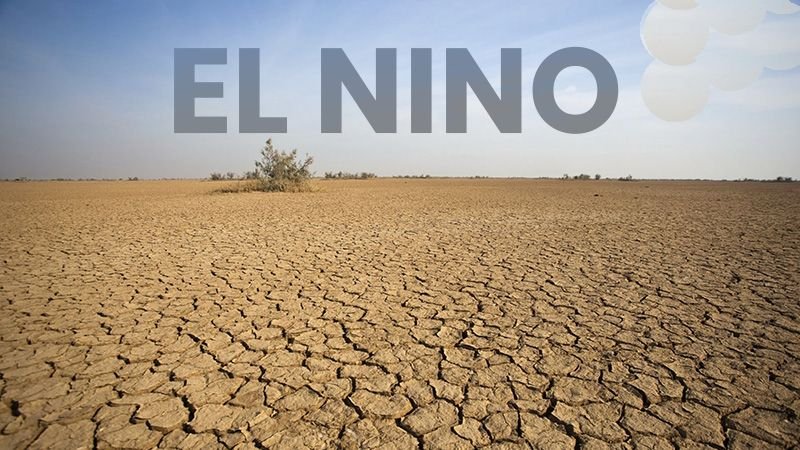El Niño, the warm phase of the Pacific Ocean’s temperature cycle, is expected to make a significant impact on weather patterns around the world this year. With the potential to break heat records, energize rainfall in South America, intensify drought in Africa, and disrupt the global economy, it has already been implicated in early-season heat waves in Asia. Clearly, the effects of this anticipated El Niño are far-reaching and cannot be ignored.

It is important to consider the significant financial and human toll that the impending El Niño phenomenon will bring. The devastating effects of the 1997-98 El Niño, which was one of the most severe on record, resulted in staggering income losses of $5.7 trillion across numerous countries, and was also attributed to the loss of 23,000 lives due to intensified storms and floods. It is imperative that we take proactive measures to mitigate the potential impact of this upcoming El Niño event.
As temperatures continue to climb, the potential for exacerbating these effects looms large. Consequently, forthcoming El Niño occurrences have the potential to generate economic losses of up to $84 trillion by the close of the century.

The vast oceans of our planet serve as a grand thermal reservoir, absorbing a substantial 90 percent of the heat generated by human activity through the combustion of fossil fuels. Of notable mention is the Pacific Ocean, which is showing an alarming increase in temperature at a rapid pace.
The vast amount of energy concentrated within the ocean has the power to revolutionize the world, giving rise to abundant convection and thunderstorm activity in a region that typically experiences less of it.

Scientists are currently in the process of determining the manner in which this additional warmth will be disseminated throughout the ocean and how it will modify the atmosphere, resulting in varying levels of precipitation, drought, and severe weather in different regions.
As we brace ourselves for an upcoming scorching summer, there is no need for us to succumb to the fatal consequences that may ensue. By utilizing advanced technologies like early warning systems, fortified disaster shelters, strategic evacuation plans and climate-resilient building regulations, we can effectively mitigate the human toll and ensure a safe and secure season ahead.
Reference – Vox, National Geographic, UNEP website, NOAA website, Journal Science






